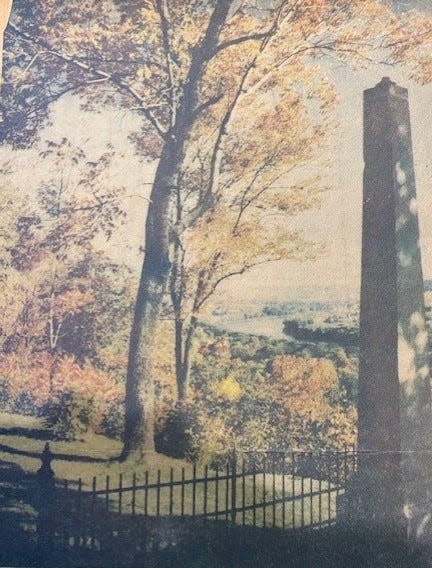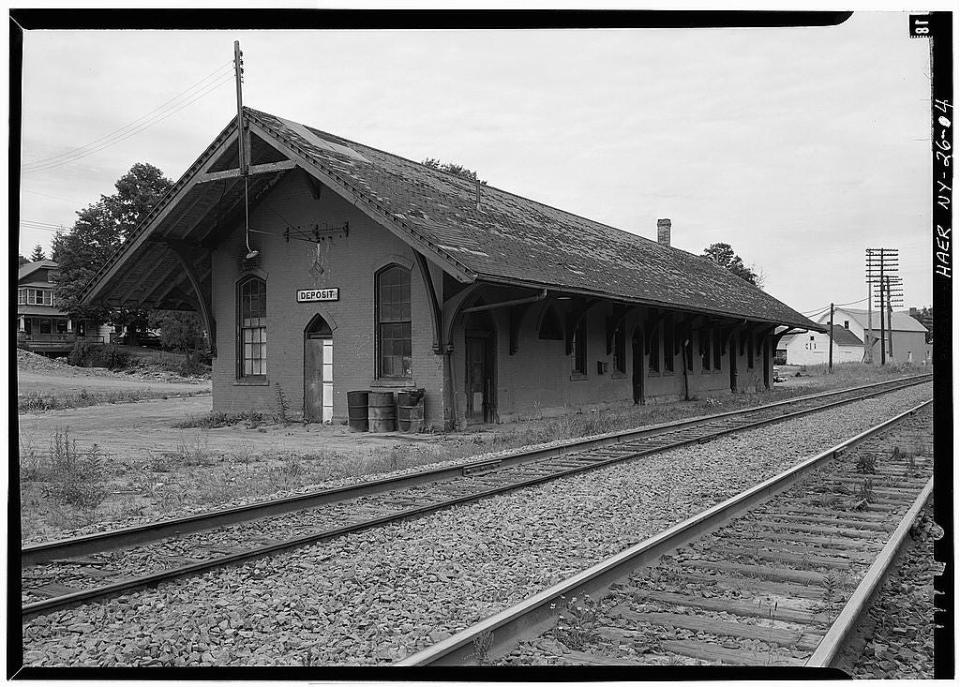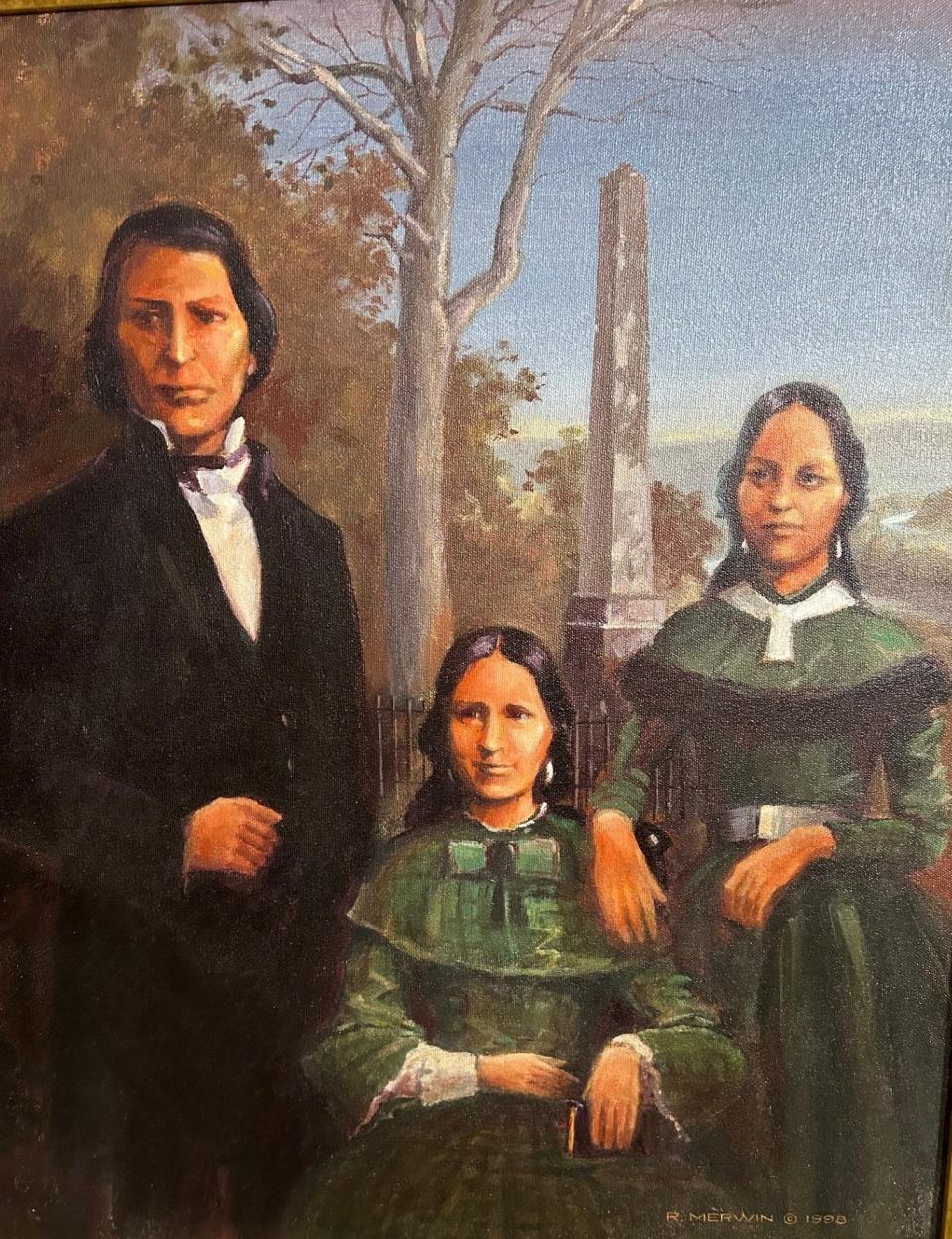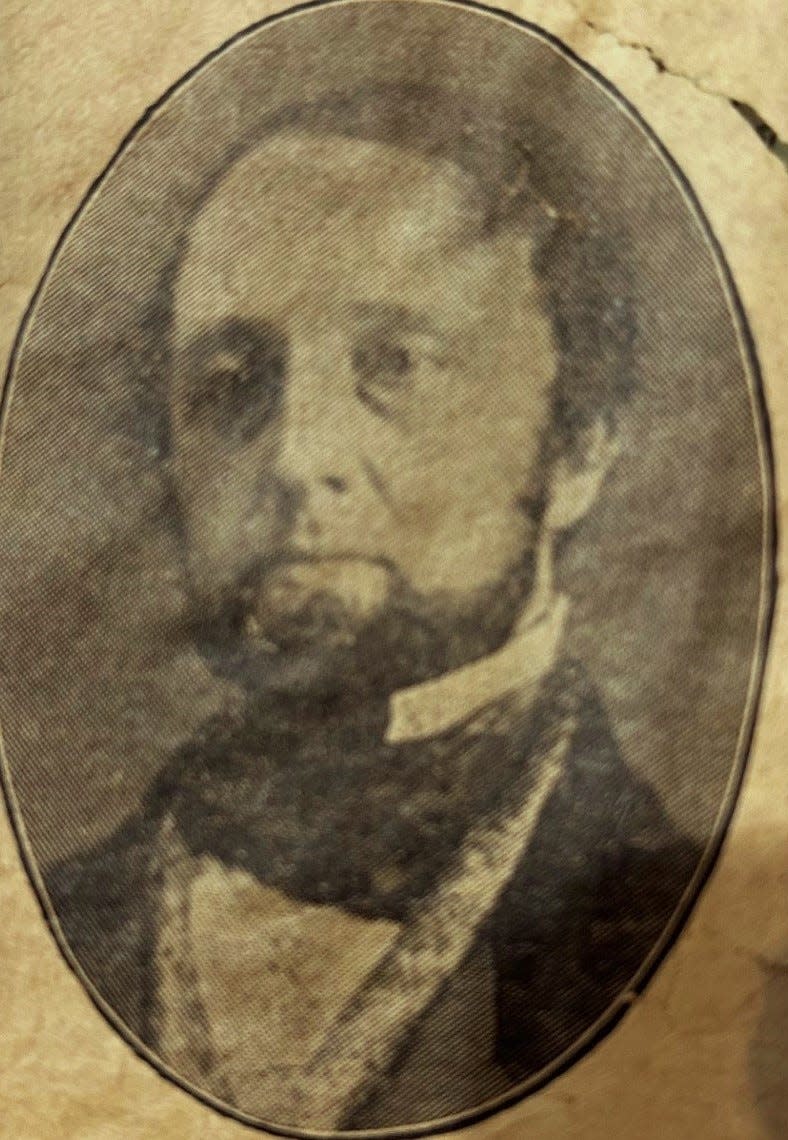There are disasters that occur every day somewhere on the globe. Some make the national news, while some seem to be lost over time. Some, however, seem to linger for many generations and haunt the memories of its residents. This is one of those stories.
It was Feb. 18, 1852.
The location was Deposit, New York, a village split between the western edge of Delaware County and the eastern edge of Broome County. It was an important location for the floating of logs down the Delaware River heading toward the Delaware River Gap in Pennsylvania. Large homes would be built in the growing village based off the wealth of those early days, and the arrival of the New York and Erie Railroad through that area in the late 1840s.

The village was at the bottom of the valley surrounded by many hills, including the tracks of the railroad which climbed the eight-mile grade toward its highest peak in that area.
On that day, many passengers were already boarded on a train that would take them out of the village.
Among those passengers were two sisters, Sa-Sa-Na Loft and her younger sister, Ya-Go-Weia Loft. Their brother, Rok-Wa-Ho Loft was off the train to purchase tickets at the railroad station office. The Loft family were members of the Mohawk Nation who had been relocated from its tribal home in what is now Canajoharie in the Mohawk River Valley to a reservation on the Salmon River in Western Canada at the outbreak of the Revolutionary War.


Sa-Sa-Na Loft was born in 1831 in their Canadian home. She was a direct descendant of Thayendanegea, also known as Joseph Brant, that last leader of the Iroquois Confederacy before the Revolution. The Loft children’s father died at a young age, leaving their mother to raise the three children. All the children were well-educated. Sa-Sa-Na spent several months living with the reservation’s minister where she learned the English language and Christian beliefs.
It was during this time that she also took music lessons, and residents and others around the reservation area remarked that she had a beautiful singing voice. All three children learned to sing together and gave small concerts for their Native American community. When Sa-Sa-Na Loft turned 21, the decision was made to send the three Loft siblings out to perform concerts in the United States to help raise funds for the education of the Mohawks on the reservation.


The concerts primarily consisted of the singing of gospel songs, and each of the concerts were sponsored by individuals interested in the group.
The reception of the singing siblings ranged from disinterest to enthusiastic support of the entertaining Loft family. One of those sponsors was Owego jurist Judge Charles Avery. This Tioga County citizen had a keen interest in the Native American history and welcomed the three into his home and entertained them with stories and tour of the village of Owego.


Between Feb. 15 and Feb. 16, 1852, the Loft siblings gave two concerts in Owego, New York. Both concerts were well-received by the audience, and the community, especially Judge Avery, seemed enthralled by the group. The Loft family left Owego and boarded the Erie train to take them to the village of Deposit, New York.
The next day, Feb. 17, 1852, the three gave a concert to the people of the Deposit area. Once again, the concert was well received. Ironically, they were only a few miles from Onaquaga, the Native American base of operation of their ancestor during the American Revolution.
As the sun arose on Feb. 18, 1852, the Loft children prepared to leave Deposit and board the Erie train for their next stop. Life seemed to be good for the traveling Loft children, and Sa-Sa-Na was happy they were helping their people. That calmness was shattered with the cries that a runaway freight train was heading down the mountain and toward the Deposit station at an increasingly dangerous speed.
In its way was the stopped passenger train mostly loaded up for departure. Panic ensued with passengers scrambling to get off the train and out of danger’s path, including the Loft sisters.
Next week – Tragedy on the tracks.
This article originally appeared on Binghamton Press & Sun-Bulletin: Spanning Time: Singing family’s Owego performance ended in disaster
Source Agencies



